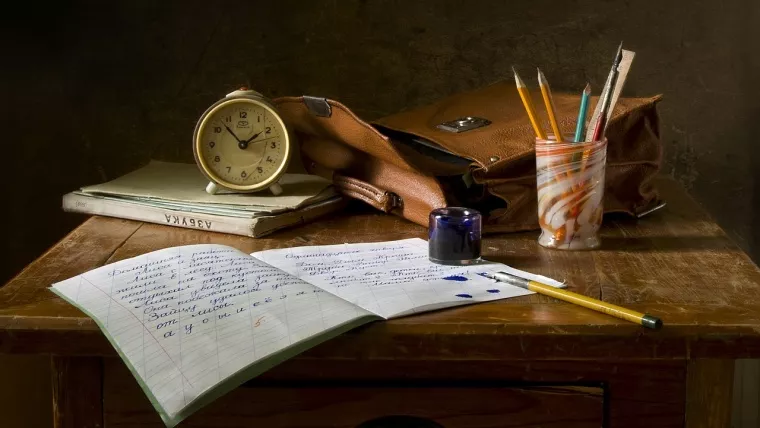
As a photographer, you know how important lighting is to any photo. It is incredibly important to ensuring that the image you get it crisp, sharp and truly stands out. It can take a bit of work to get it right, but when it works it usually always comes down to lighting.
There are several things to consider when you are using lighting for still life, to the backdrop, to the lights used, to how everything interacts. Just like a rug that ties the room together, the lighting needs to tie everything in the picture together.
Table of Contents
When you are shooting black objects on black backdrops, it can be hard to know how to make them stand out from each other. This is where lighting comes in. A great tip is to use a silver panel to reflect the light and fill the image with that light but in a softer tone. You don’t want things so bright they wash everything out. A softbox is great for this type of lighting situation, so don’t be afraid to use one.
An important part of this is creating a sheen off the objects to give them definition off of the black background. That will help make the picture really stand out, and it will make the black on black juxtaposition something people immediately notice.
With still life, the shape of the object is one of the most important aspects of it. There are several ways to bring out a shape. One way is to have a clear rim of light that brings the shape out in the photo. This is especially true for shiny objects that are against a dark background.
A great tip is to cut out a piece of black paper in the shape of the object. You then place that under the object. This gives just a tiny bit of extra black around the object and it also helps to create a wonderful graduated lighting effect.
One thing to remember as well is the hotspot. This is the distance of the light. If you have a hotspot too far off the surface, you will get the object that has even lighting on it. If you move it closer to the surface, you get a strong hotspot, which creates more condensed light and sharper shadows.
We often use the lens hood for its intended purpose, blocking out the light to create more even tones of our subject matter. The great thing about the lens hood, or shade, is that it can be used in other ways as well. You block the amount of light from a flash going into the lens to create really clean images, especially of black objects on black backgrounds. It is a neat little trick that can really go a long way in making your images stand out.
When you are using lighting, try using multi-position setups. This means that you have lights not just from one angle, but from many angles. You want light from the front, the sides and even above. This can create some really fantastic shadow art for your photo, but it can also give you a very clean look to your images. With the use of diffusers, you will prevent the subject from being washed out. Using a gold diffuser will also give your photos a nice hue that is calming and reminiscent of sunlight, something we all love.
Another tip is to use a room with a window. In this regard, you can have a couple of lamps set up but you also have the natural light coming in from the window. This will then give you a cool look to your photos where you combine the artificial and the natural to great effect.
Lastly, you want to make sure you get the right backdrop. With still life you typically want a blank backdrop rather than a natural one that will be busy and cause your objects to blend in. Keep your backdrop nice and simple and you will have greater control over how the lighting impacts your subject.
That is all there is to creating great still life images with the proper lighting. Take some time, stage things right and you will have some excellent looks to your images that will really make things stand out and look awesome. Never be afraid to experiment with your images and your lighting to achieve some stellar results out of something as simple as still life.
Comments (0)
There are no comments yet.